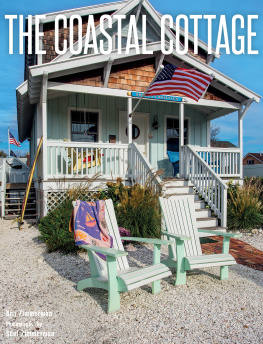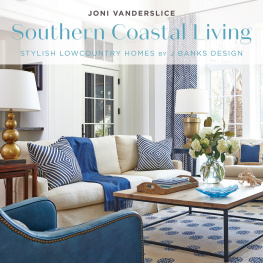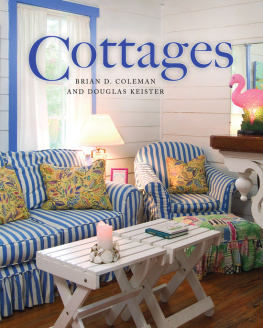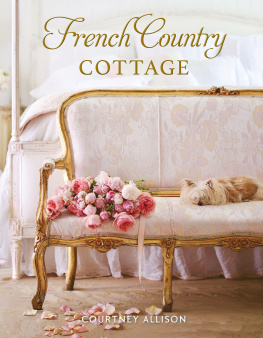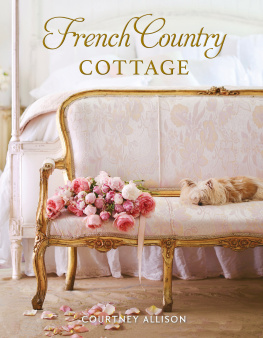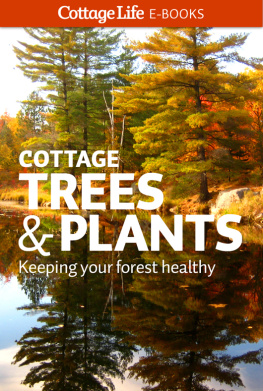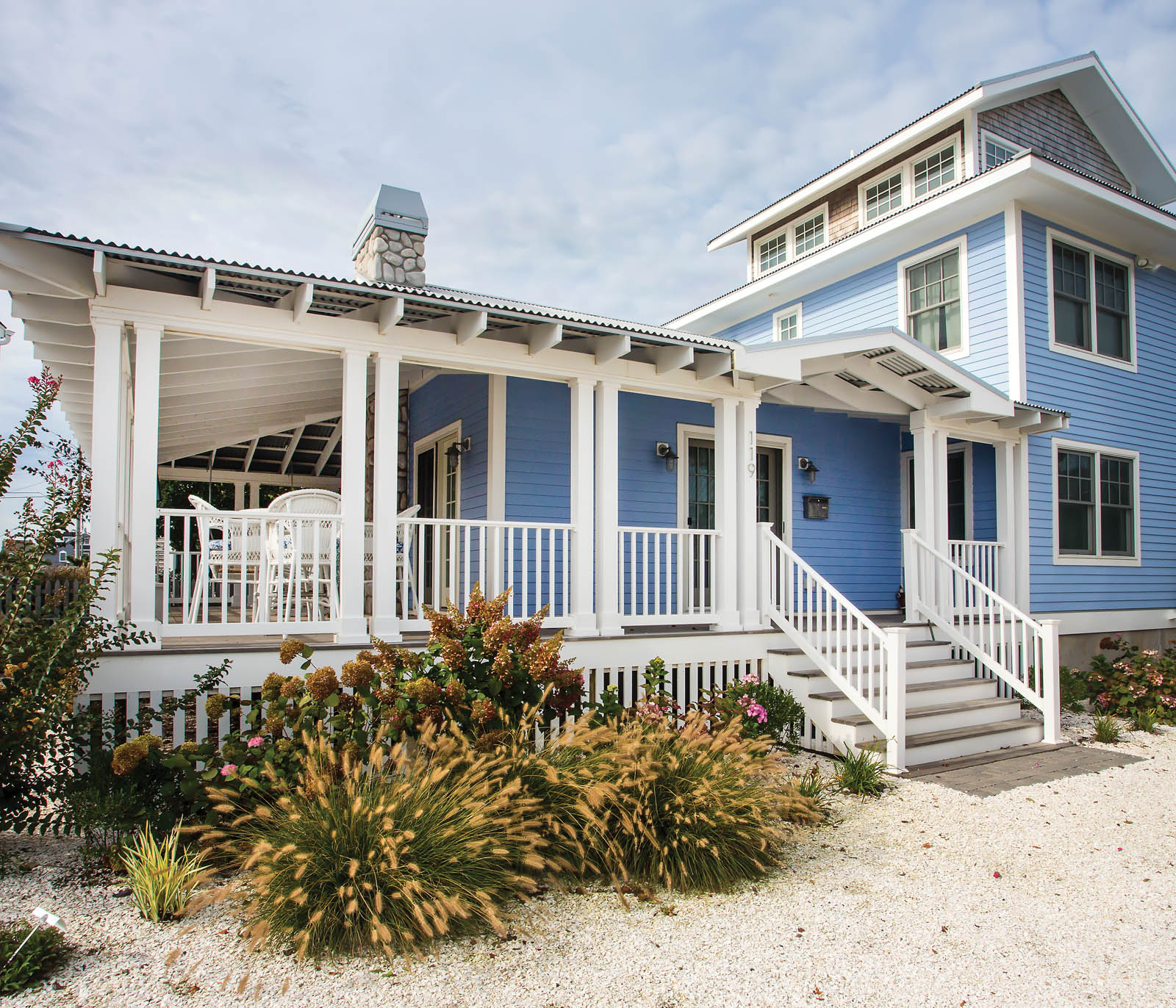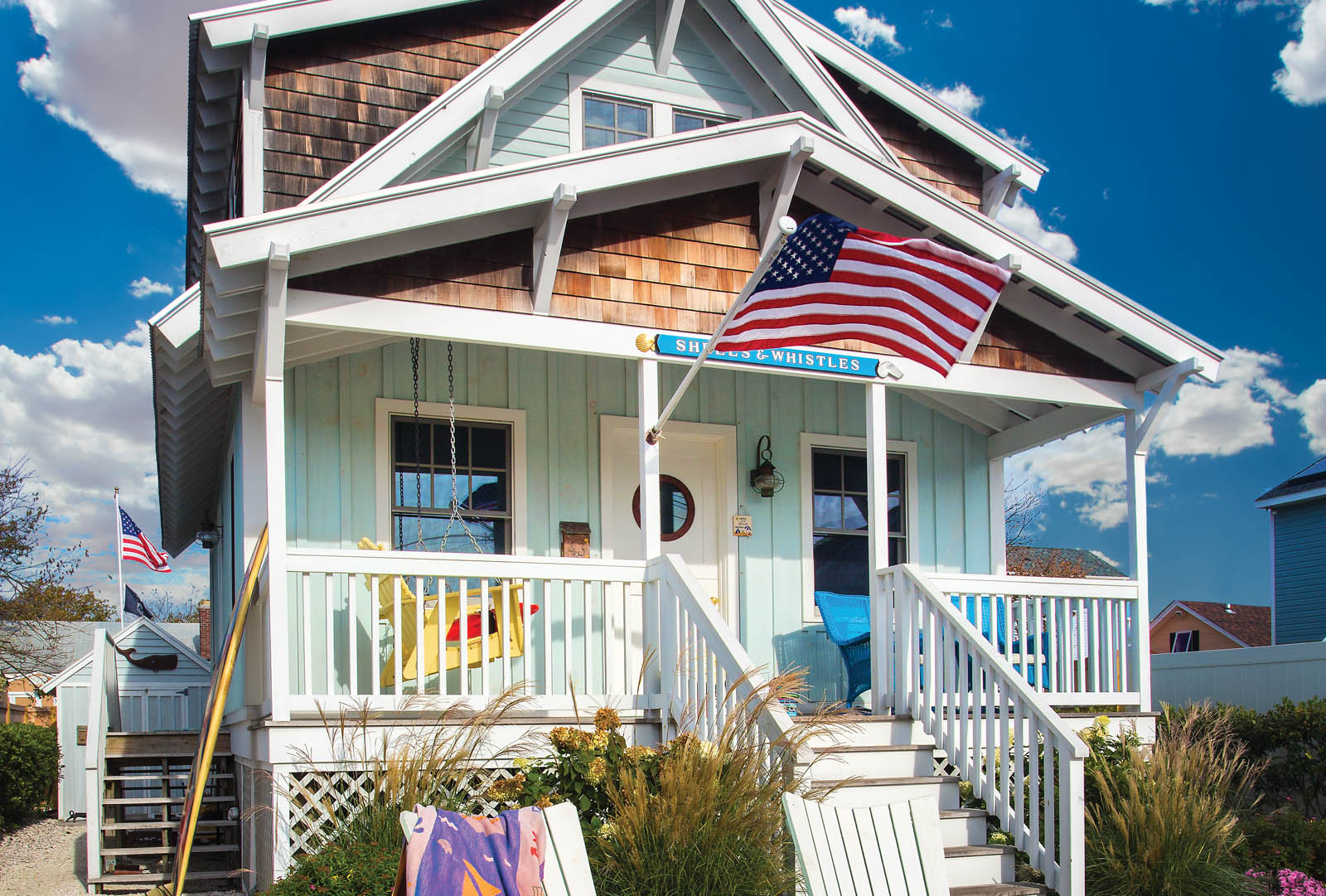Introduction
I love cottages. I love them for their modesty, charming imperfections, and whimsy. I love them for their raucous gardens, painted furniture, embroidered linens, and porch swings. To me, cottages represent living simply and beautifully.
Cottages have always been difficult to define, and this is my starting point. Especially now, with some developers calling almost-mansions cottages, there is even more confusion about what is actually meant by the term cottage.
To me, cottages are a tradition, and the one I am most familiar with begins in England. By the 1600s, rural families built small functional homes, generally with one or two rooms below and a loft above. This time frame precedes manufacturing as well as roads and canals for commerce, and rural people built them from local materials and according to local building traditions. These vernacular homes, as homegrown building is called, varied substantially by region. Some were stone, others wattle and daub, some wood, some home-fired bricks, and there were numerous combinations. They were practical and efficient shelters for rural working families. In fact, the term cottage industries came about from the workers side businesses in the home, like weaving, spinning, and turning chairs.
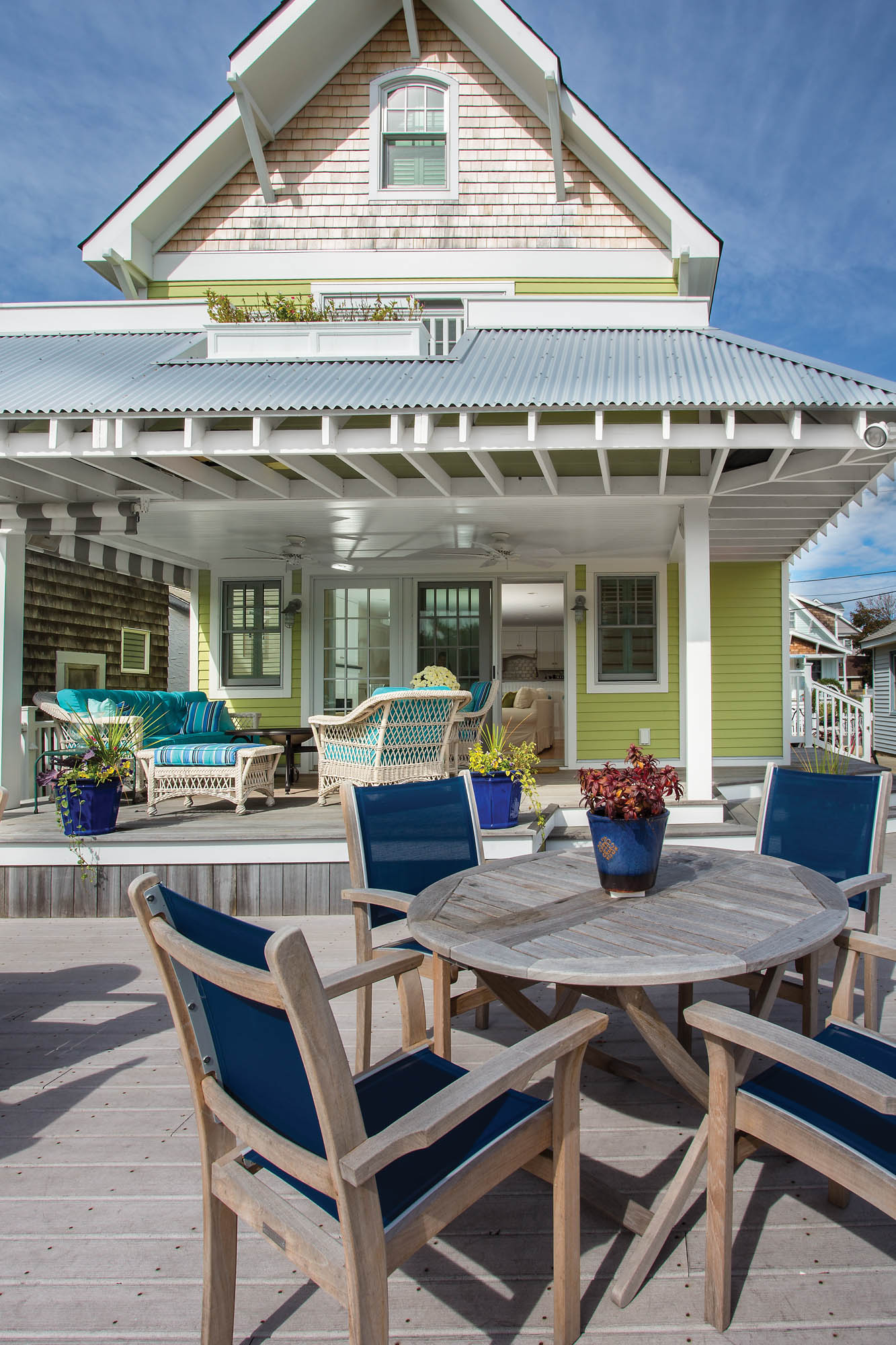
By the 1800s much had changed in England, including a rise in prosperity and proliferation of estate properties. It was popular for the wealthy to romanticize the past before industrialization. Owners regarded their estates as scenes from paintings, and they carefully sited cottages and decoratively designed them to complement the estate landscape as a picturesque ideal. This ideal, which remains today, reflected nostalgia, harmony, and a sense of natural order. A professional class of designers and builders evolved who wrote pattern books and treatises on the picturesque cottage ideal of contented cheerfulness and a balance between nature and man.
According to the pattern books, the ideal cottage includes intricacy, variety, play of outline, asymmetry, porches, overhanging eaves, recessed windows, large intricate chimneys, and gardens with creepers, shrubs, and trees. Soon, more concern grew for health, and the cottage ideal expanded to include health, warmth, comfort, and light, and pattern books expressed this by including spacious ventilated main rooms with a fireplace.
European ideals crossed the Atlantic relatively intact as the cottage concept. In the United States, proponents popularized cottages for workers as practical, healthy shelters, and many of the factory and railroad cottages that were built a hundred years ago still remain. Others, including early landscape designer Andrew Jackson Downing, promoted cottage designs and pattern books for American farmhouses. (Our own cottage home is an 1880 Gothic Revival farmhouse.) The other cottage tradition, and the one that is much more familiar to all of us, is vacation homes. Cottages at the seacoast are celebrated in this book.
Of course, the influence of cottages in America continued through the twentieth century. One notable period was that featuring Arts and Crafts bungalows, and eventually cottages influenced suburban home design.
Cottages by the sea are continuing to change, and one factor is the increased rarity of buildable lots and homes in desirable coastal locations and their high costs. For example, simple cottages that not long ago were inexpensive summer homes for artists, writers, and educators in Carmel, California, now cost in the millions. Another change is climate variation and the increased severity of coastal storms. New cottage designs look to these conditions and expand and vary our modern coastal cottage traditions.
While cottages offer everything one needs, there may not be space for all that one wants. Its a balance, and there is an art to living small and well. The cottage tradition is oneness with landscape, and cottage living means expanding the living space to porches and patios outdoors.
I asked Whidbey Island architect Ross Chapin, a cottage designer and proponent, why cottages appeal to him. I like the simple lifestyle they offer. A good cottage is relaxed and easy, with no pretensions of impressing anyone. Come on in, it says, as if through the back door, rather than asking formal introductions at the front door. Cottages might be lean on space, but every bit of space will be fully lived in. It is character that defines a cottage, not size or polished perfection. A beloved cottage enlivens the heart and celebrates relationships with family, friends, and neighbors. Whats not to love about that?
I invite you to experience coastal cottage living in the pages of this book through Scots joyful photographs, imagining yourself in these settings and taking away design ideas for wherever you call home.
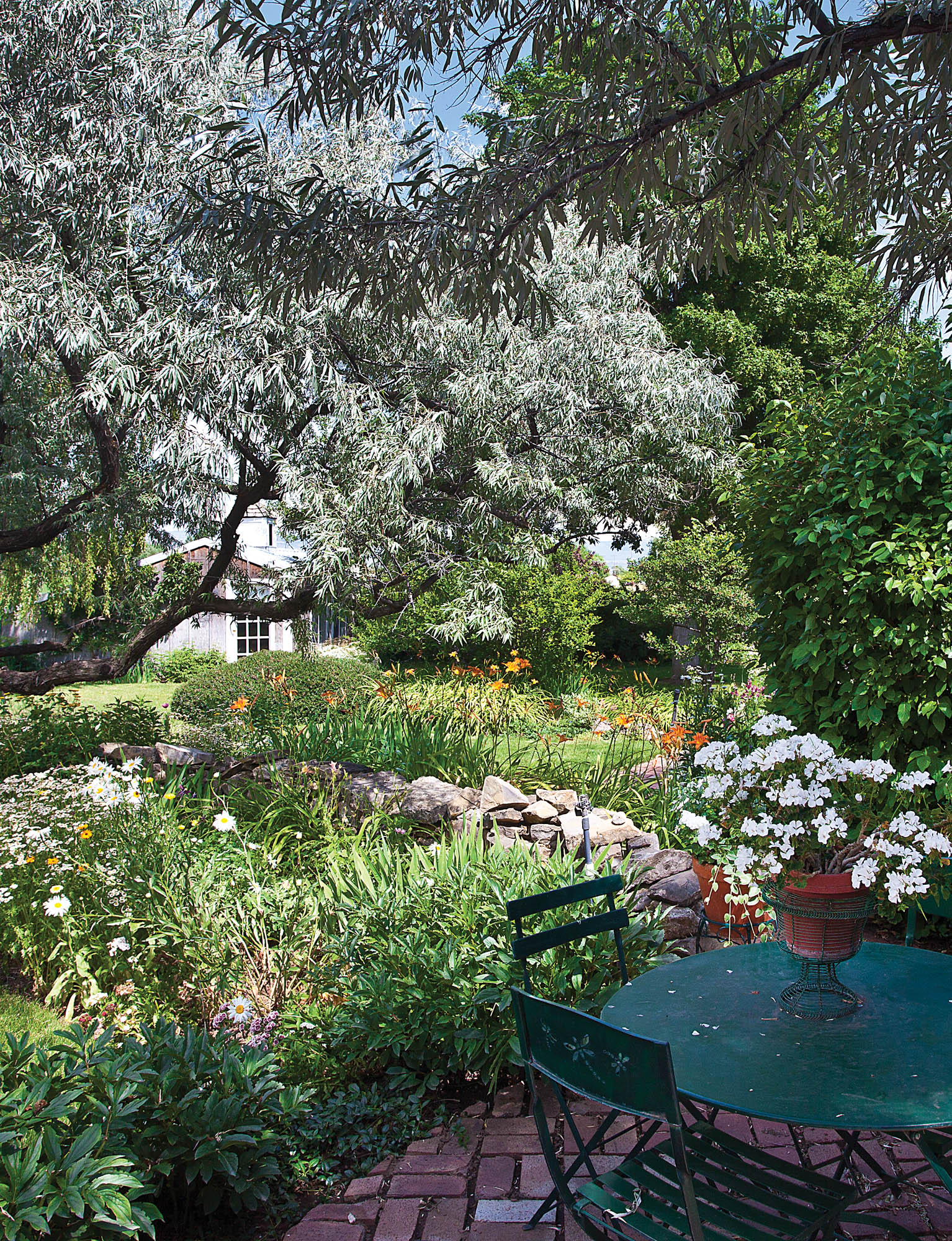
The ideal picturesque balance was oneness between the cottage and surroundings.
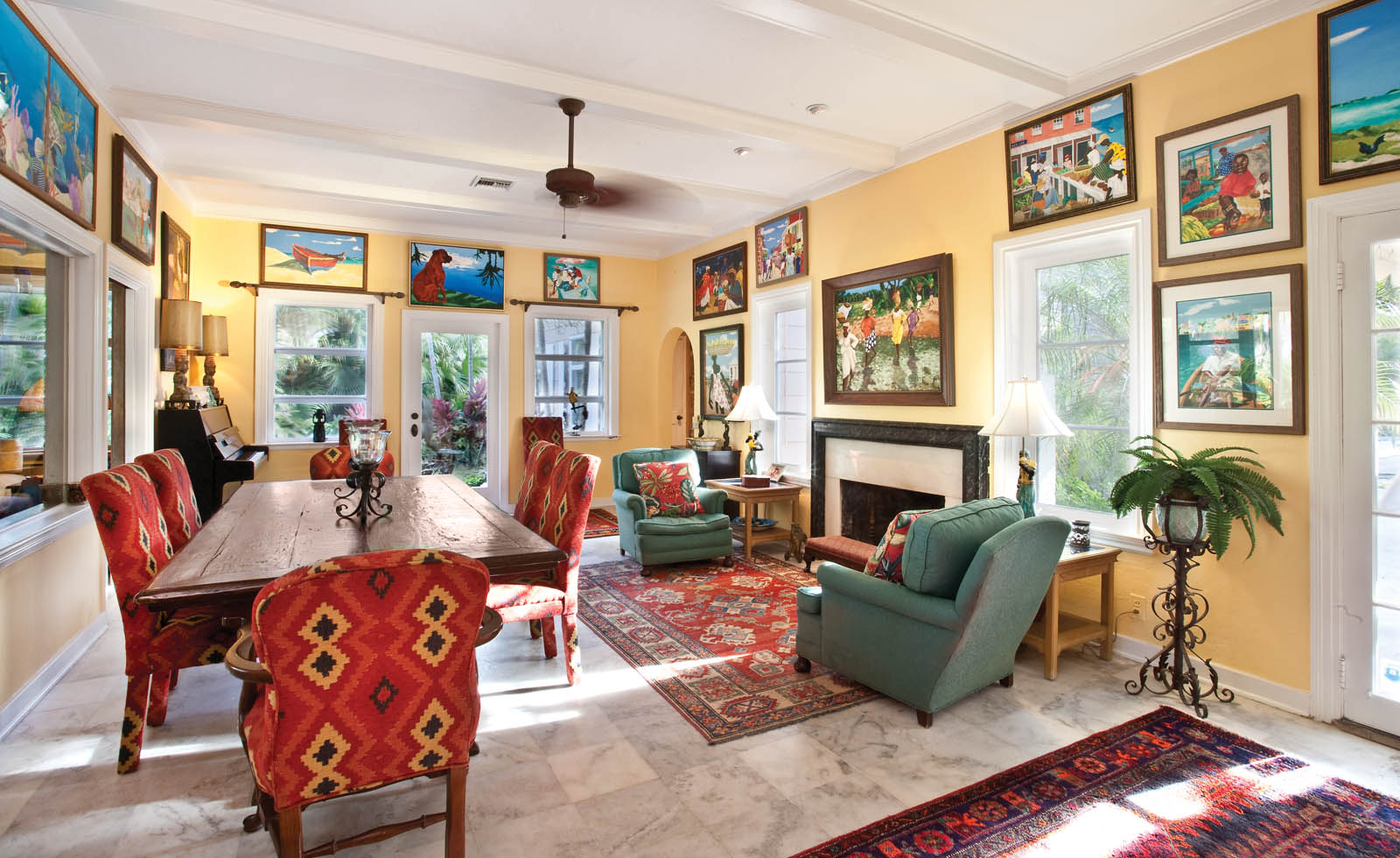
A cottage at the beach is the perfect place for an artist to live and paint.
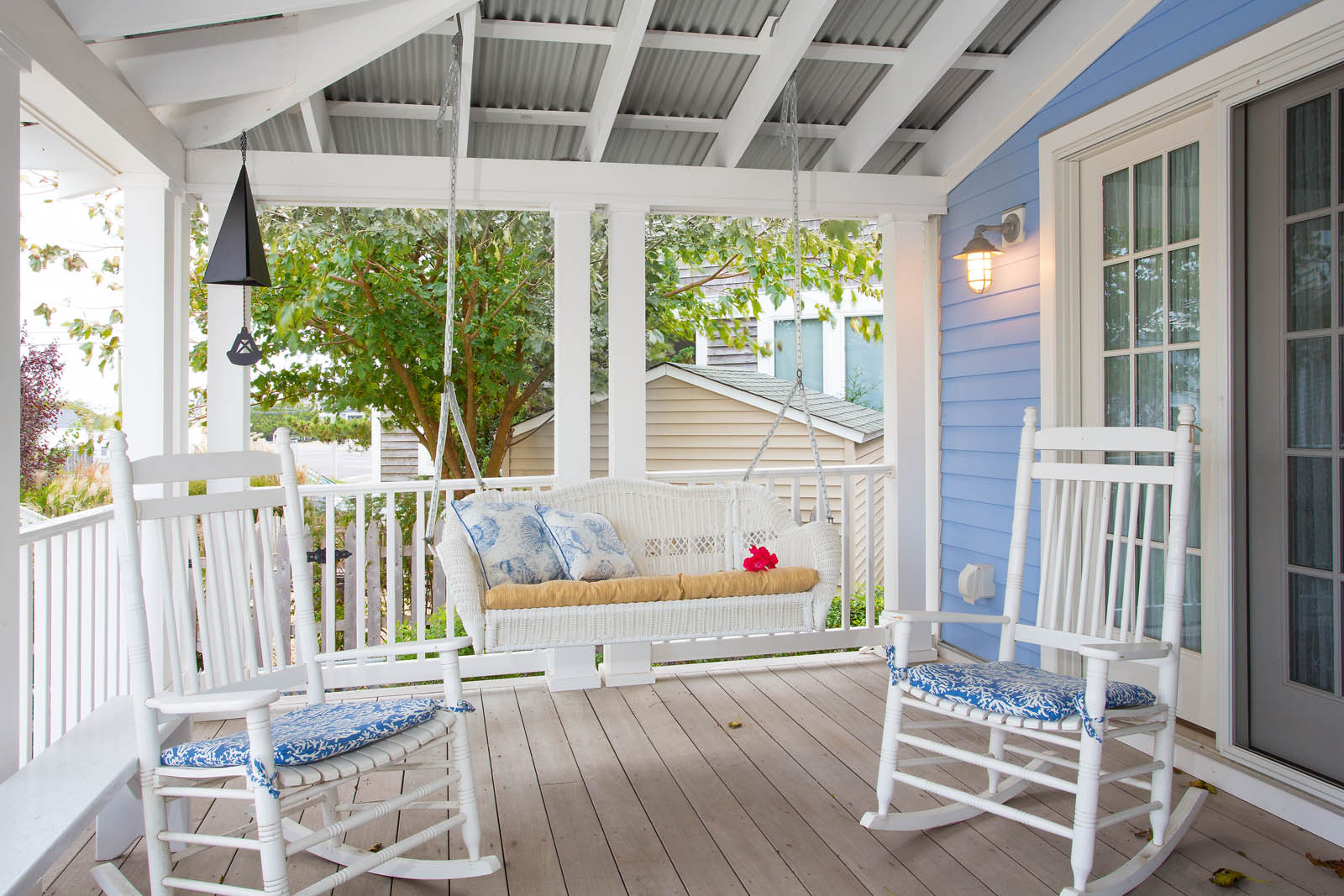
The picturesque ideal that originated over 200 years ago included porches and overhangs.

